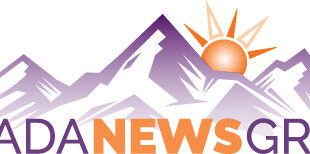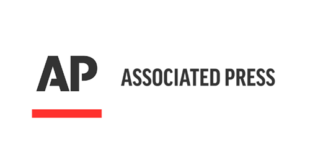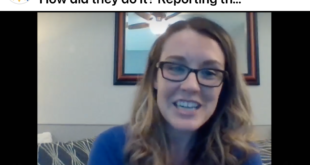I’ve been fascinated by the controversy surrounding World Press Photo’s prestigious annual competition, where 20 percent of the submissions were rejected for being overly manipulated.
It’s about truth. And truth is hard.
As many have pointed out, the question of how far photographers can go in altering their images has been around as long as photographers. It’s just easier now.
Although I’m not a real photographer, I was a newspaper editor for many years and, as such, often had final say in which photo was published. Photojournalists know the basic rules, which say they can’t add or delete from their photos — a rather fundamental concept.
 I put together a slide show a few years ago with examples of some of the more egregious examples of newspaper photographers who got caught — and fired — for handing in doctored images.
I put together a slide show a few years ago with examples of some of the more egregious examples of newspaper photographers who got caught — and fired — for handing in doctored images.
But the ethics are much more complicated, and they can be applied to reporters as well as photographers.
Sometimes I rejected a more interesting photo because it didn’t fit the story. That was my own subjective choice. Even now, I see a photo or two every day that makes me think, ‘That was the photographer’s favorite, not the editor’s.’
In the same way, as an editor I cut a paragraph or a quote from a story because it wasn’t right for the context. The reporters and photographers didn’t always agree with me, and those are healthy discussions.
The choices we make as journalists always shape the story. Who do we choose to interview? Where do we stand to shoot? Do we make somebody we don’t like look bad or foolish? Do we give the benefit of the doubt to people with whom we agree?
Always.
Yet we must always strive to recognize those biases, overcome them and stride toward the truth. Professional journalism is defined by that ability.
It’s also defined, to some extent, by a work ethic. I think that’s why this topic is timely, because the ease with which images can be altered — and, similarly, information can be scraped — narrows the gap between truly original work and lazy imitation.
There exists today a flood of falsehood, deliberate misinformation, willful obfuscation and willing ignorance simply because we can, with the push of a button.
My profession, as a newspaper reporter and editor, has been derided for years as a ‘gatekeeper’ who held back the free flow of information. It was never that.
Instead, the job was to allow through that gate only what was accurate, verifiable, meaningful and true — to the best of our abilities. We took it seriously.
With that thought, I applaud the jurors of the World Press Photo contest for setting a standard for photojournalism. Somebody has to keep watch at the gate.
 Nevada Press Association The best in Nevada journalism since 1924
Nevada Press Association The best in Nevada journalism since 1924


